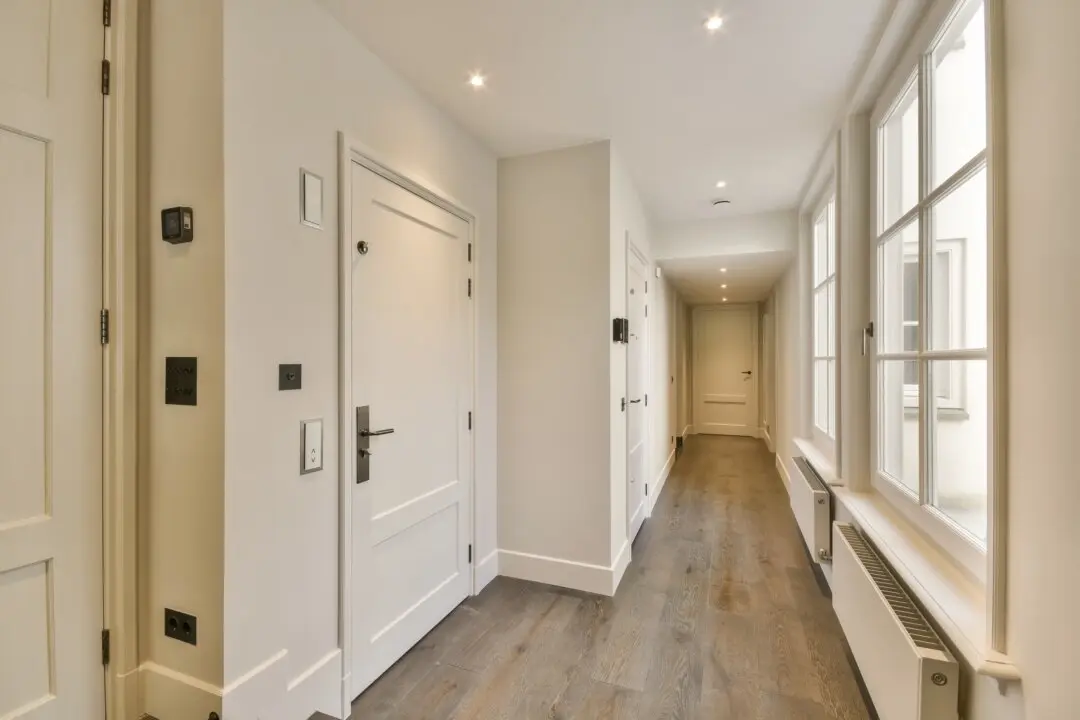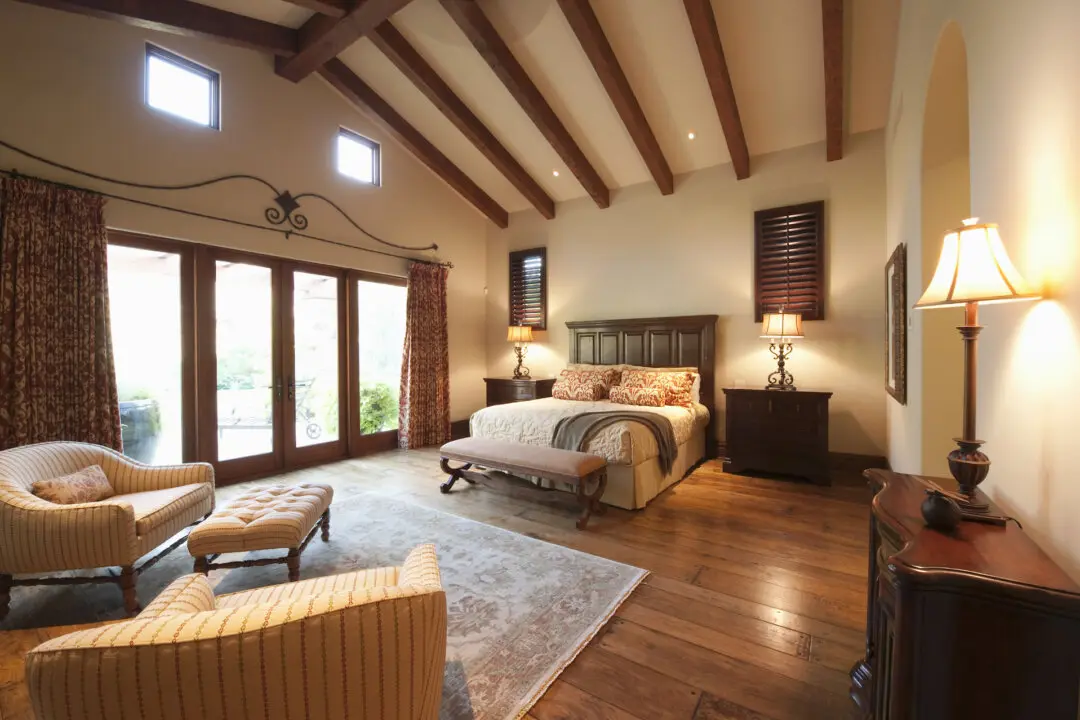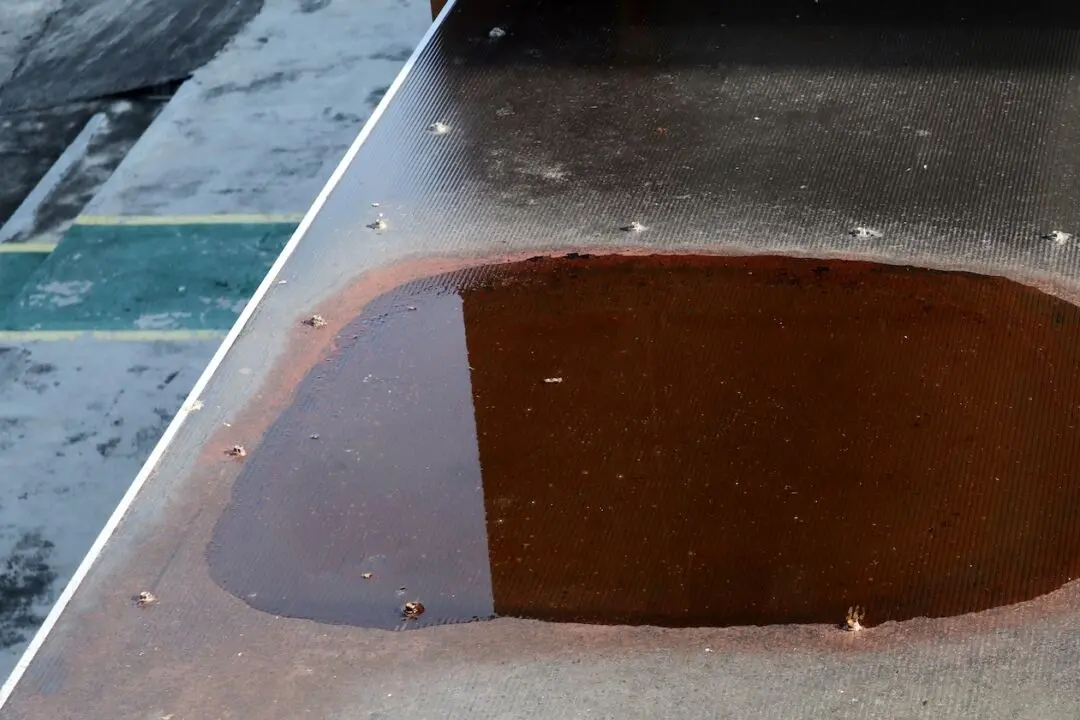Dear James: I gave wallpapering my kitchen a try and just ended up with bubbles, separating edges, and some actually peeling off! What things should I do differently when redoing it all?—Todd R.
Dear Todd: Applying wallpaper properly is a much more complex project than most people realize, and there is a learning curve. There are many steps and, as you have found, if they are not followed exactly, problems arise. The issues have probably occurred during the installation and preparation processes, including relaxing time and choice of adhesive.




